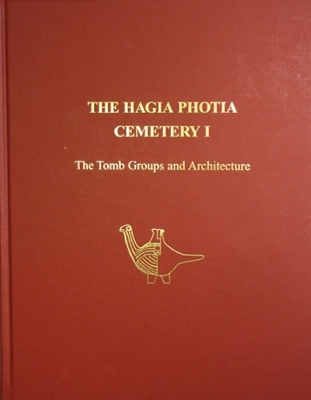The Hagia Photia Cemetery takes its name from the nearby village on the northeast coast of Crete, 5 km east of modern Siteia. This large Early Minoan burial ground with over fifteen hundred Cycladic imports was discovered in 1971. A total of 263 tombs were excavated as a rescue excavation in 1971 and 1984. Among the 1800 artefacts are some of the earliest known Cretan discoveries of several types: the grave goods come mostly from the Kampos Group, an assemblage of artefacts known mainly from the Cyclades. Similarly, the tombs represent an architectural style and a series of burial customs that are foreign to Crete but familiar from elsewhere within the Aegean. In fact, the cemetery has such close parallels from the Cyclades that it has often been regarded as a Cycladic colony. The burial contents are an extremely interesting body of evidence for the study of the formative phases of Minoan Crete.
- ISBN10 1931534136
- ISBN13 9781931534130
- Publish Date 31 December 2004 (first published 12 December 2004)
- Publish Status Active
- Publish Country US
- Imprint INSTAP Academic Press
- Format Hardcover
- Pages 296
- Language English
